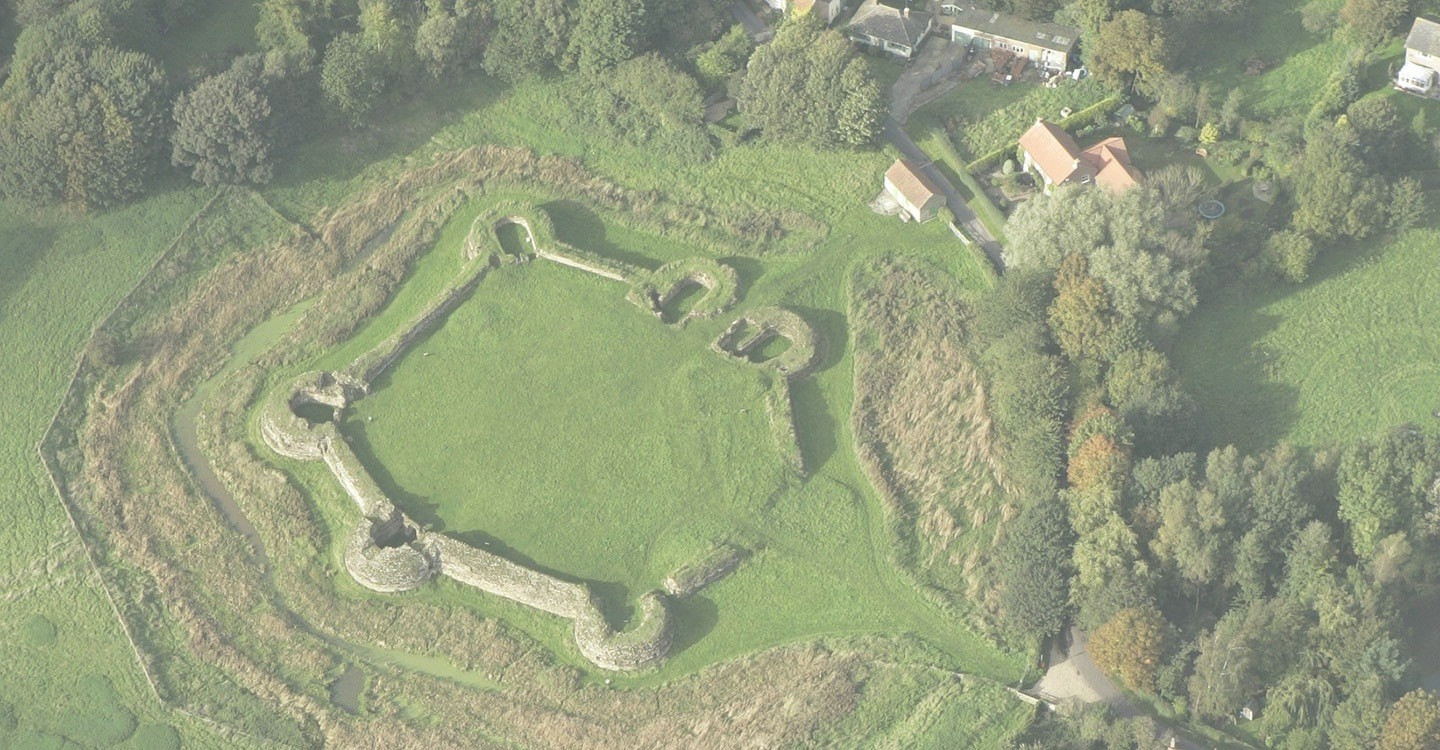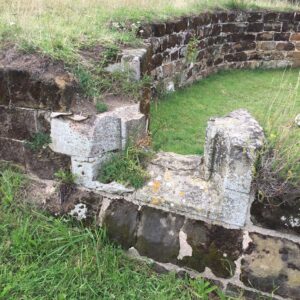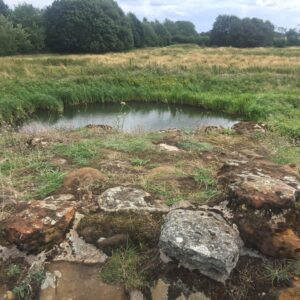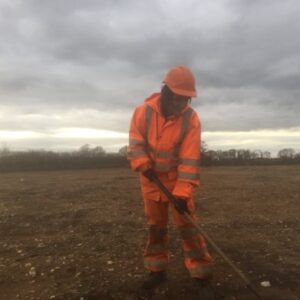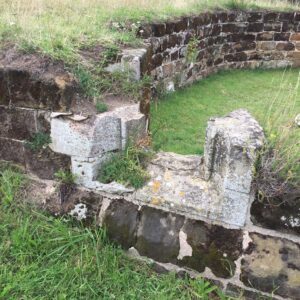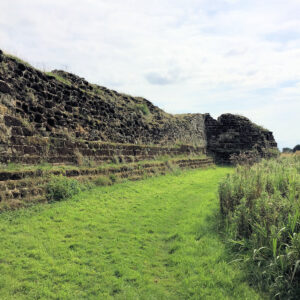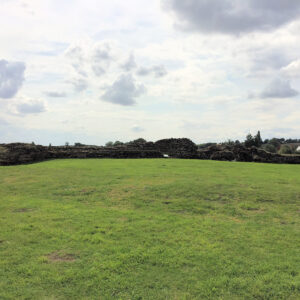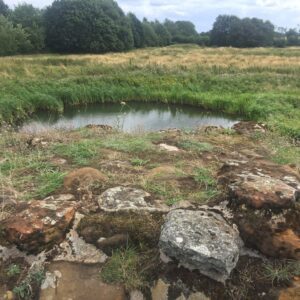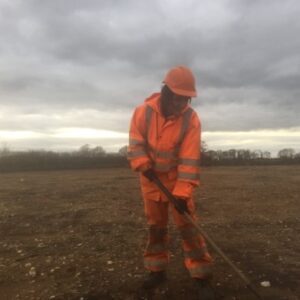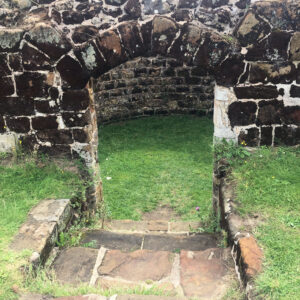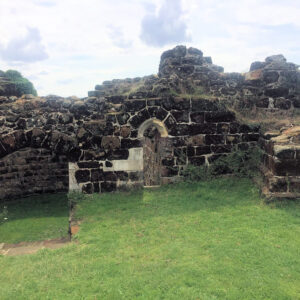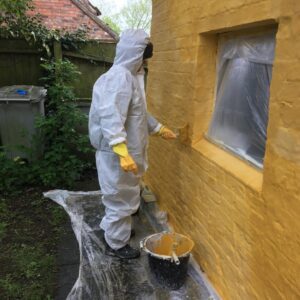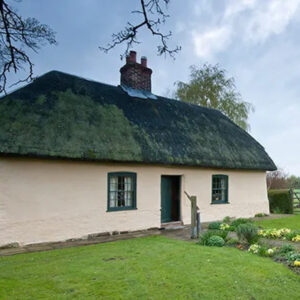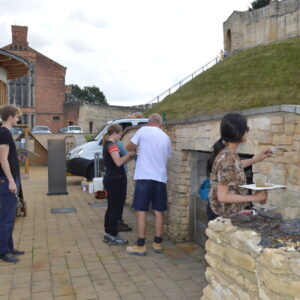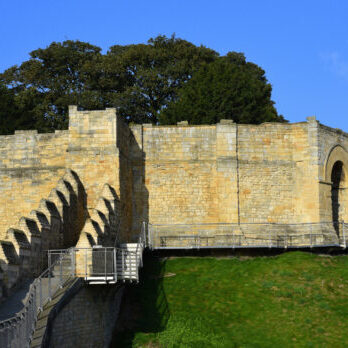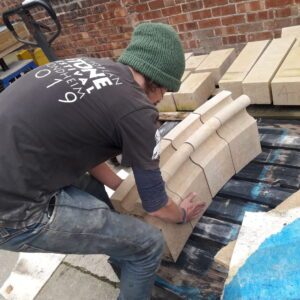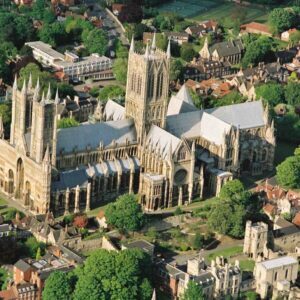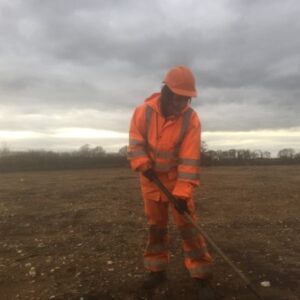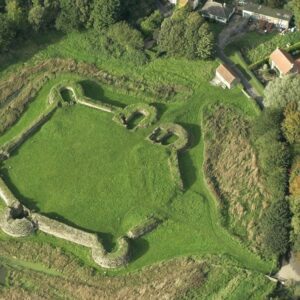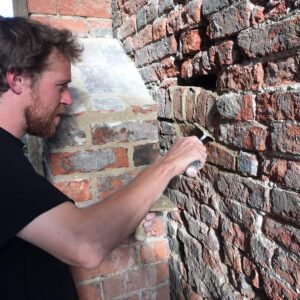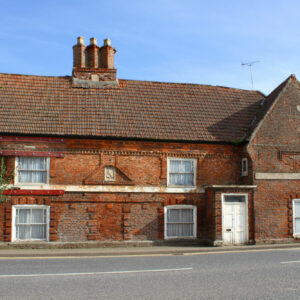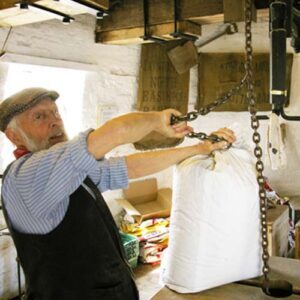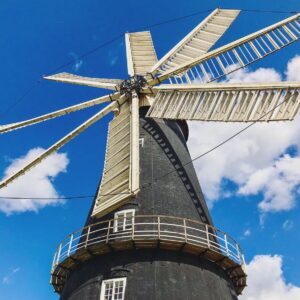Ruin
Bolingbroke Castle
Bolingbroke Castle is an Ancient Scheduled Monument and is a Grade I Listed building. Built in the early 13th century by Randulph de Blundevil, Earl of Chester and Lincoln. In the late 13th and early 14th centuries it served as an administrative centre for the extensive estates of Henry de Lacy, Earl of Lincoln, before passing by marriage in 1311 to the house of Lancaster. Henry IV, son of John of Gaunt and Blanche of Lancaster, was born here in 1366.
The castle was extensively rebuilt in the 15th century, but by the early 17th century had fallen into disrepair. In October 1643 the Royalists stood siege here and were defeated by the Parliamentarians, who held the castle before leaving it to ruin. The structure further deteriorated through the succeeding centuries until the late 20th century when it was excavated and consolidated. The monument includes the remains of the castle and its associated earthworks, which is open to visitors.
Skills used at Bolingbroke Castle
Preservation of stonework
The stonework at Bolingbroke Castle dates to the first quarter of the 13th Century, crafted from the local Spilsby sandstone. Up until the 1960’s much of the ruin was concealed underground, with only the highest points breaching the surface, a large archaeological excavation revealed much more of the surviving stone work and layout of the castle. Excavations at the site opened it up allowing the public to explore the ruin. Exposing/unearthing the stonework can be a damaging process, whilst underground historic ruins are somewhat protected from the elements.
Risks of unearthing stonework include:
- vegetation growth
- weather events such as wind erosion
- animal activity
- theft and vandalism
Key practices of preserving stonework include:
- Regular recording to track any degradation.
- Making note of and storing any loose stonework until it can be reset.
- Reporting any woody growth or excess vegetation to English Heritage’s Conservation Team. The Conservation Team then visit the site and cut away surface level growth and apply special herbicides that kill roots to prevent any further damage.
- Monitoring for vandalism including graffiti and arson. We approach this by working with the local community and volunteers who help us to keep an eye out on site. Bolingbroke Castle is a popular site, making it difficult for vandalism to take place.
- If stonework is failing completely, it can be restored by a master mason using modern material to replace lost stone which is not ideal. Sometimes this is necessary to protect the rest of the structure from further degradation.
Moat restoration
When the Castle was built in 1220 it was surrounded by an impressive water-filled moat, with drawbridge access through the gatehouse. The castle was eventually abandoned, ruins gradually became overgrown and disappeared, becoming a series of grassy humps and hollows in a field.
During the 1960s, archaeologists cleared parts of the moat, where water accumulated and reformed a moat. Originally the moat came right up to the castle walls but today you can walk on a path between the walls. The present-day moat comprises of two sections, one section runs alongside Moat Lane to the no of the castle and the other forms a horseshoe shape around the remainder of it.
The moat requires regular maintenance to stop it from disappearing. In 2007 Heritage Lincolnshire received funding to reverse the decline of the moat by carrying out moat restoration work. This work was vital as it improved the ecology of the site including a breeding habitat for the Great Crested Newts and enhanced the setting of the site from a conservation perspective and for the benefit of visitors.
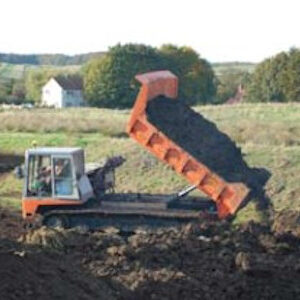
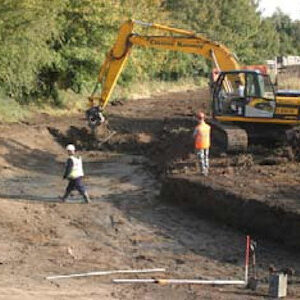
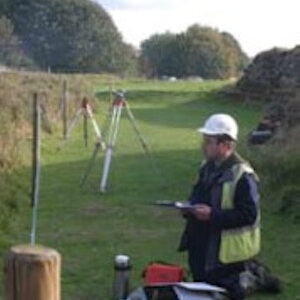
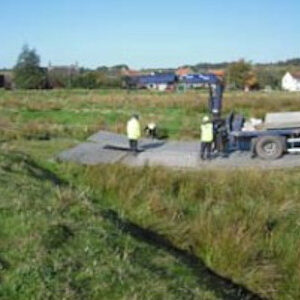
Case study
When Randulph de Blundeville built Bolingbroke Castle in about 1220 he surrounded it with an impressive water-filled moat. A drawbridge across the moat gave access to the castle through the gatehouse. While the castle was in use the moat would have been regularly maintained to keep it as a large area of open water.
Find out more about the history of the moat surrounding the castle, how it was destroyed and then restored by Heritage Lincolnshire in 2007:
Archaeology
Up until the 1960’s the site was mostly covered over by soil and turf, with only slight traces of masonry. In 1965 an archaeological excavation took place over six weeks.
Excavation work revealed the following:
- The towers - most of the curtain wall and the remains of a kiln located in Auditor’s Tower were excavated.
- Uncovering the structure allowed archaeologists to see the layout and style of architecture.
- The King’s Tower, was a different shape to the others, being octagonal instead of rounded. Further investigations revealed this to be a later change in the 15th Century; a costly alteration which would been used to show the wealth and importance of the owners.
- The excavation showed traces of other buildings inside the walls, most evidence was Tudor and not contemporary with the original castle. Based on other similar castles of the time, it is likely that there would have been wooden structures within the walls of the castle, including service buildings and a great hall.

